Blog
-

A Brief History of Steel Pipe-
Steel pipes are long, hollow tubes that are used for a variety of purposes. They are produced by two distinct methods which result in either a welded or seamless pipe. In both methods, raw steel is first cast into a more workable starting form. It is then made into a pipe by stretching the steel out into a seamless tube or forcing the edges together and sealing them with a weld. The first methods for producing steel pipe were introduced in the early 1800s, and they have steadily evolved into the modern processes we use today. Each year, millions of tons of steel pipe are produced. Its versatility makes it the most often used product produced by the steel industry. Steel pipes are found in a variety of places. Since they are strong, they are used underground for transporting water and gas throughout cities and towns. They are also employed in construction to protect electrical wires. While steel pipes are strong, they can also be lightweight. This makes them perfect for use in bicycle frame manufacture. Other places they find utility is in automobiles, refrigeration units, heating and plumbing systems, flagpoles, street lamps, and medicine to name a few. People have used pipes for thousands of years. Perhaps the first use was by ancient agriculturalists that diverted water from streams and rivers into their fields. Archeological evidence suggests that the Chinese used reed pipe for transporting water to desired locations as early as 2000 B.C. (Francis, 2009)Development of the modern day welded steel pipe can be traced back to the early 1800s.Per saperne di più -
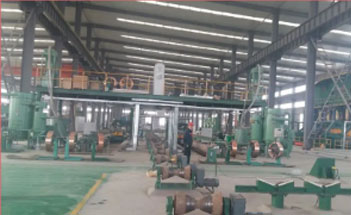
The Production Process of High Quality Stainless Steel Tube- Welded Steel Pipe
Floating/Drawing process of pulling a metal bar, rod, or wire through the whole of a die to alter its finish, shape, size, and/or mechanical properties. The tube drawing technique reduces the outer diameter, inner diameter, and wall thickness of the tube. The integrity of the surface of the tube is maintained, ideal for stainless steel tubes.Per saperne di più -
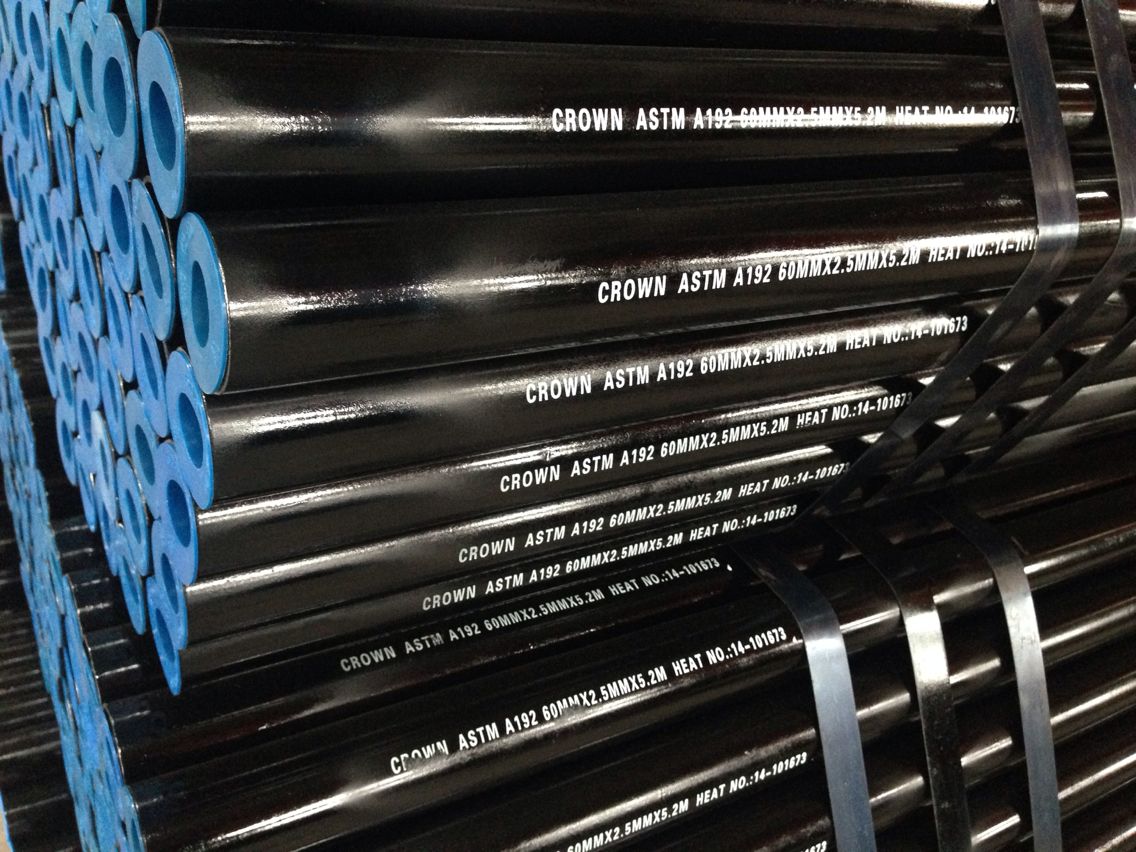
Bending steel and stainless steel tubes and pipes-Stainless steel pipe
The commonest manufacturing process used for steel and stainless steel tubes uses coils. Coils are rolls of steel cut from a slab that has been manufactured from cast steel. During the first phase of steel tube production, the coils are cut lengthways to form wide skelps matching the diameter of the steel tube that needs to be manufactured.These skelps then pass through a series of rolls. The final step is to weld the tube together along its long edge.This process can be used to manufacture round, square or rectangular tube sections. With the help of matrices, various types of steel sections can be manufactured from a wide range of basic geometric shapes.Per saperne di più -
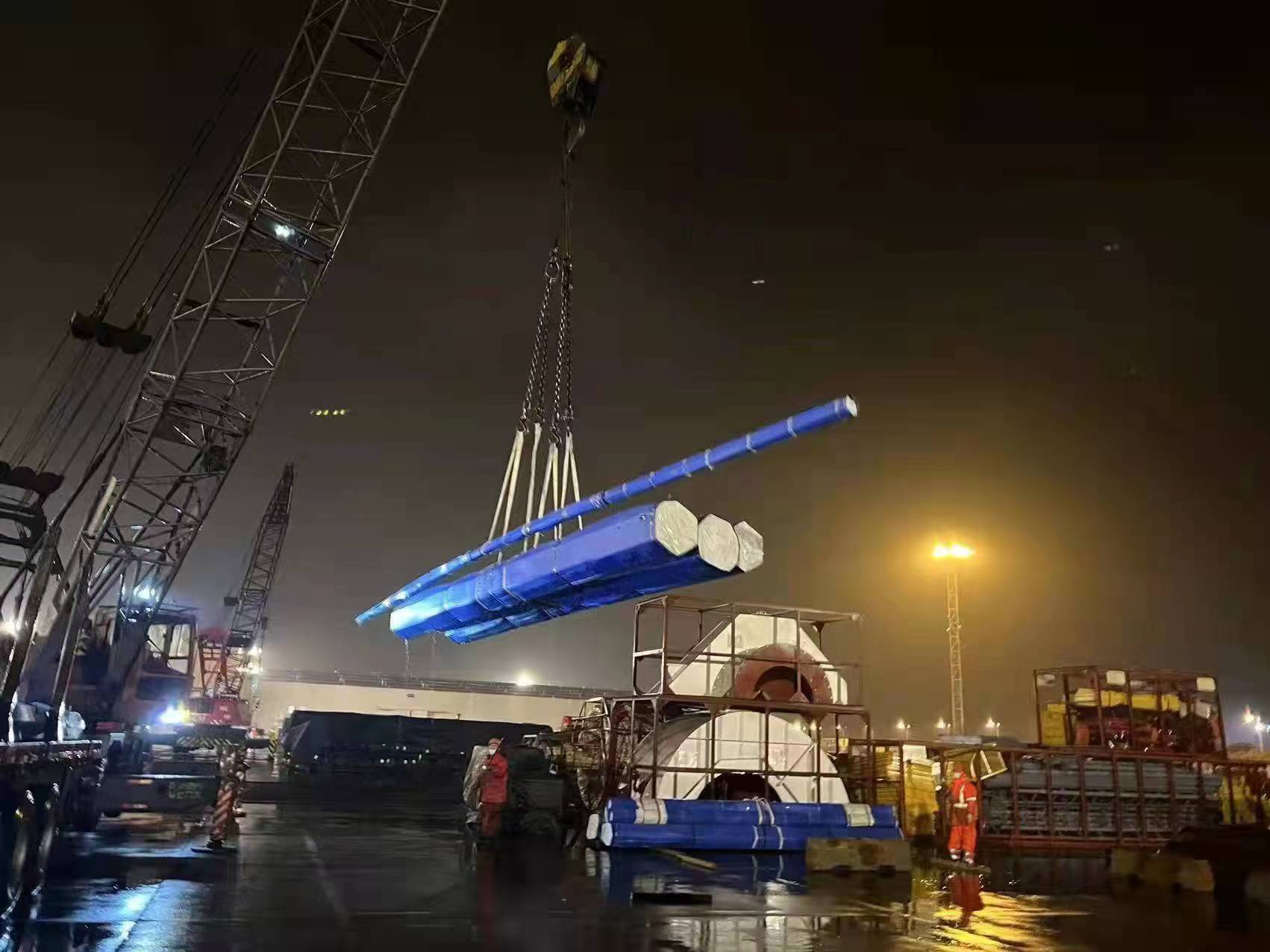
WHAT'S THE DIFFERENCE BETWEEN STEEL PIPES AND STEEL TUBES?-ERW Steel Pipe
Steel pipe has been produced in the US since the early 1800s. Pipe is a hollow section with a round cross-section, primarily made for the transportation of products including fluids, gas, pellets, powders, and more. But steel pipes are used in a variety of ways. They are used underground for transporting water and gas throughout cities and towns. They are also specified in construction to protect electrical wires. Steel pipes can be strong, but lightweight. This makes them great for bicycle frames. They are also used in the making of parts for automobiles, refrigeration units, heating and plumbing systems, flagpoles and street lamps, just to name a few.Per saperne di più -
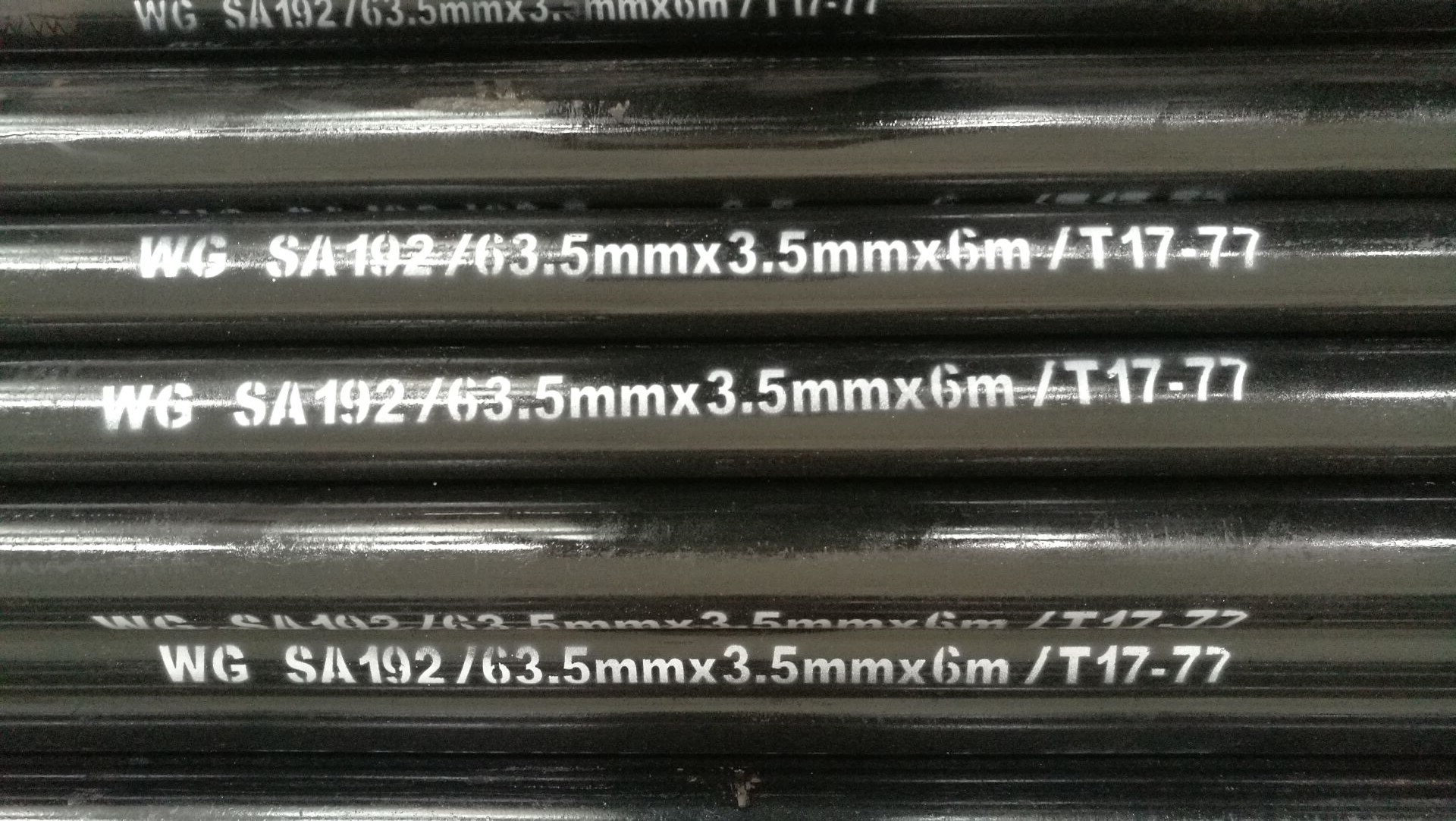
Tubi saldati in acciaio inossidabile: tubi in acciaio saldati
I numerosi valori unici forniti dall'acciaio inossidabile lo rendono un potente candidato nella selezione dei materiali. La resistenza alla corrosione, l'igiene e la robustezza dell'acciaio inossidabile lo rendono la scelta ideale nei settori medico, aerospaziale e industriale. Per saperne di più su questi vantaggi vedere qui. Le due categorie principali di tubi e tubazioni sono senza saldatura e saldate. La differenza principale è che la cucitura si trova su un tubo saldato e non su un tubo senza saldatura, come indicano i nomi. Il tubo senza saldatura ha una maggiore capacità di resistere alla pressione; poiché non è presente alcun cordone di saldatura, è ugualmente resistente su tutta la circonferenza. Sui tubi saldati il cordone di saldatura non viene riconosciuto a occhio nudo e assume l'aspetto di un cordone senza giunzioni. I tubi saldati hanno un'eccellente concentricità, sono più facilmente disponibili e convenienti per la maggior parte delle applicazioni.Per saperne di più -
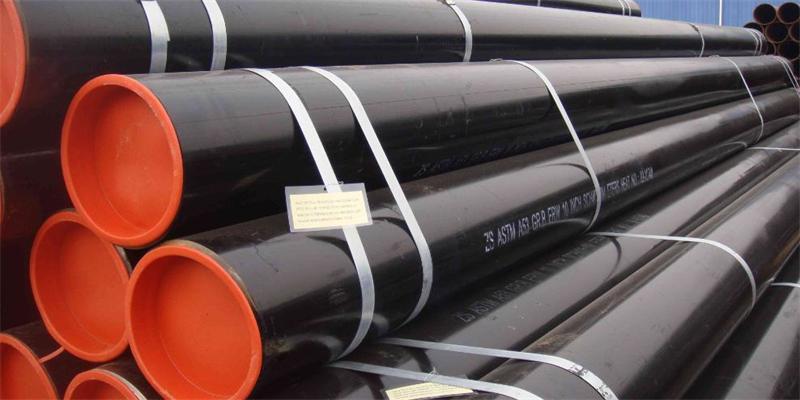
Tubi in acciaio inossidabile: saldati vs. Tubo in acciaio inossidabile senza saldatura
I tubi saldati vengono prodotti arrotolando nastri di acciaio inossidabile in un tubo e quindi saldandoli per tutta la sua lunghezza. Dopo la saldatura, il cordone di saldatura, o cordone, può essere rifinito mediante metodi di laminazione e forgiatura a freddo oppure lasciato così com'è. La formatura a freddo produce finiture più lisce e tolleranze più strette. I tubi saldati possono anche essere trafilati come tubi senza saldatura per offrire un cordone di saldatura e una finitura superficiale migliori. I tubi saldati possono essere prodotti anche con pareti più sottili su tubi di diametro maggiore, rispetto ai tubi senza saldatura. Poiché i tubi saldati richiedono meno lavorazioni, sono in genere più rapidi da produrre e hanno costi inferiori rispetto ai tubi senza saldatura. Il lato negativo dei tubi saldati si presenta sotto forma di applicazioni ad alta pressione e con pareti pesanti. La lunga giunzione saldata crea un punto di concentrazione delle sollecitazioni, riducendo la pressione nominale all'80% rispetto a tubi senza saldatura comparabili. Inoltre, il materiale inossidabile utilizzato per creare tubi saldati deve essere sufficientemente sottile da poter essere arrotolato in modo efficace. Pertanto, i tubi a pareti spesse sono meno realizzabili come tubi saldati.Per saperne di più -
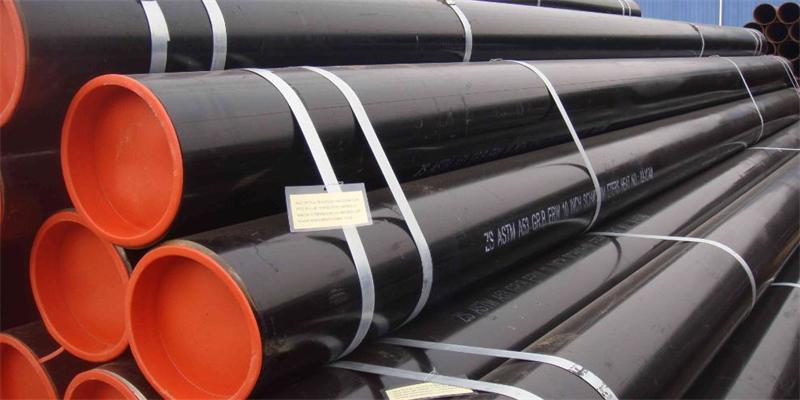
Tubi senza saldatura: il loro processo di produzione: tubi in acciaio inossidabile
Le innovazioni nel settore dei metalli non risiedono unicamente nella creazione di nuove leghe o nel miglioramento delle macchine utilizzate per crearle. Ci sono anche miglioramenti nelle parti esistenti, piccoli dettagli che rendono una parte più pratica per una funzione specifica, come nel caso della produzione di tubi senza saldatura. Se vuoi conoscere la loro storia, come vengono fabbricati e quando è opportuno utilizzare questo tipo di tube invece di un altro, continua a leggere, perché tratteremo questi e altri argomenti nel post di oggi. È il nostro piccolo tributo ai piccoli grandi cambiamenti.Per saperne di più -
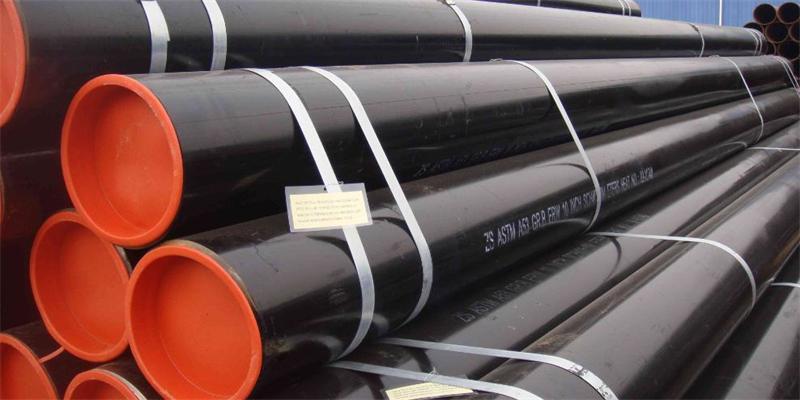
Come vengono realizzati i tubi in acciaio inossidabile? - Tubi in acciaio al carbonio
Materia prima: il processo inizia con la selezione delle materie prime appropriate, che in genere sono billette di acciaio o bobine di acciaio. Questi materiali devono avere la composizione chimica e le proprietà fisiche necessarie adatte all'applicazione prevista. Formazione del tubo: esistono diversi metodi utilizzati per formare tubi in acciaio, tra cui: a. Produzione di tubi senza saldatura:i. Perforazione: una billetta d'acciaio viene riscaldata e forata da un mulino per perforazione per creare un tubo cavo chiamato guscio.ii. Dimensionamento rotativo: il guscio viene ulteriormente allungato e modellato al diametro e allo spessore desiderati utilizzando un mulino rotativo.iii. Finitura: il tubo può essere sottoposto a lavorazioni aggiuntive, quali raddrizzatura, trattamento termico e finitura superficiale, per soddisfare requisiti specifici.Per saperne di più -
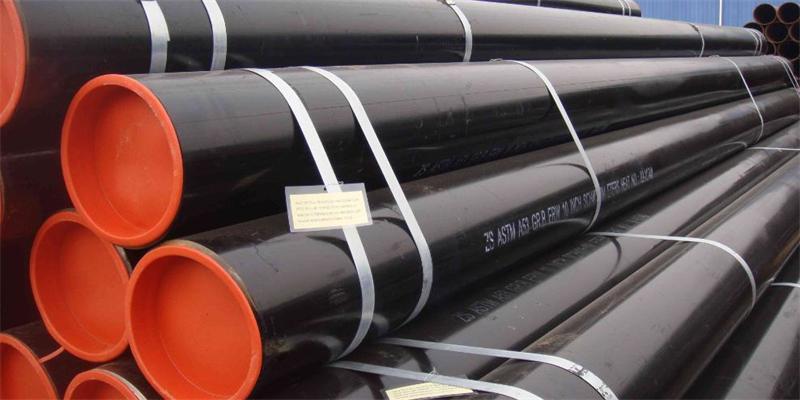
Breaking Down Common Steel Tube Processes and Finishes- Welded Steel Pipe
ERW abbreviato, questo è un formato che segnala un processo di saldatura specifico - in realtà due processi, saldatura a punti e saldatura continua. Questo processo prevede diverse fasi specifiche in cui l'acciaio viene svolto e rifilato, quindi fatto passare attraverso rulli per formare a freddo l'acciaio nella forma corretta (circolare, quadrata o rettangolare). Da qui, i bordi vengono uniti insieme in un giunto di testa, quindi saldato ad una temperatura molto elevata per formare una saldatura a bagliore. Una volta testata la saldatura, il tubo passa attraverso vari rulli di dimensionamento per ottenere la dimensione corretta, quindi la lunghezza viene tagliata. I materiali qui utilizzati saranno generalmente disponibili sia in formati laminati a caldo che a freddo.Per saperne di più